Coaching Emotions for Better Lifestyle Choices

Check out the best in Health Coach Training: www.realblance.com
Lifestyle behavioral change is not simply a rational process. Emotions influence or sometimes completely determine the outcome of decisions we are confronted with every day.
When dealing with people remember you are not dealing with creatures of logic, but creatures of emotion.
Dale Carnegie
Motivation – The “Why”
Some lifestyle improvement coaching programs rely on a very behavioral approach using goal setting and tracking and accountability. This structure can be very useful yet it, alone, may not be tapping into the motivational level essential for success. We speak often in coaching about helping our client’s find their “why”. That “why” is the fuel that drives behavior and is sometimes more logical: “My family history of diabetes is scary!” Sometimes it’s more emotional: “I love my kids and really want to be a good model for them.” Often, it’s both. In fact, I would contend it’s almost always a combination.
The “why” may be as simple as it feels great to perform the behavior! Your client has discovered a really healthy food that they love the taste of. They have found an activity that gets them moving that is more fun they they ever thought possible, like pickleball or Zumba. Now we have the emotions that come with the more intrinsic and autonomous motivation that Self-Determination Theory speaks of. Building on our client’s interests, on things that give them energy, things that produce positive emotions, we can coach to help our clients increase their motivation to be well.
Barriers
If as Abraham Maslow contended that we are all striving to actualize our potential, then what is the problem? Barriers! External and internal barriers hold us back from succeeding at improving our lifestyles and our lives. Rationally strategizing with our clients and engaging in problem solving can break through some external barriers, it seems to be the internal barriers that are the real challenges. It isn’t long before a beginning coach encounters clients who holds themselves back from self-care wellness activities because they feel guilty taking the time for themselves. Think of the client who is concerned about the potential lack of support for their wellness efforts, or worse yet potential criticism or ridicule. Internal barriers are the ones we create through our life experiences, our thoughts and our feelings.
Our client’s lifestyle choices come from their conscious efforts and their unconscious mind as well. The Harvard Business Schools contends that 95% of all purchase decisions are a function of the subconscious. Think of some of your own emotional purchases that you later regretted. I’, sorry to have to admit that I have a 1987 Mustang in my purchase history – worst car I ever owned! Helping our clients increase awareness of the emotional side of our lifestyle decision making is crucial.
“Sometimes the most important change happens at the internal level and may even be necessary before external change can take place.”
(Co-Active Coaching, 2011)
For us to serve our coaching clients well we have to acknowledge the role played by emotions. Explore the emotional side of change with your client. Here are some simple steps to work with this:
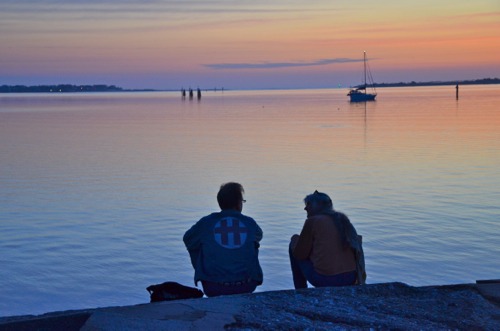
- Know that your own Coaching Presence will with give or deny permission for your client to explore their emotions and feelings.
- F.A.V.E. – First Acknowledge your client’s experience; Validate their feelings; and Empathize before you jump into problem solving.
- Inquire what your client is concerned will happen if they attempt to make this change in their life.
- Coach your client around any fears they may have. (Check out my previous blog: “Coaching About Fear: A Wellness Coaching Perspective” https://realbalance.com/coaching-about-fear-a-wellness-coaching-perspective
- Help your client connect with intrinsic motivation by inquiring about what they experienced and how they felt during an activity.
- Use the Active Listening Skill of Reflection of Feeling to help your client to connect with what they are feeling.
- Inquire simply “What are you aware of right now?”, instead of asking “How does that make you feel?”
- Expand your own emotional vocabulary and help your client to put a name on what they are experiencing/feeling. Naming a feeling helps your client to clarify more exactly what they are feeling and often leads to insights.
- It’s amazing how far you and your client can get with you simply request “Tell me more about that.”
- Always ask permission when heading into what we might call “tender territory”.
- Distinguish between Resolution and Relevance. Your job is not to help your client to resolve their feelings about old wounds of the past. That’s the work of a mental health professional. Your work is helping your client to gain understanding and insight about how their emotions are relevant to what they are working on achieving in your coaching process.
- Know what your Scope of Practice is and stay in the coach lane. See “Clarity on Scope of Practice: The What, the How and the Why of Lifestyle Improvement” https://realbalance.com/clarity-on-scope-of-practice-the-what-the-how-and-the-why-of-lifestyle-improvement
- “Get yourself out of the way”. Realize the unfinished business you may have emotionally and decide if you need to refrain from coaching around a certain topic, or if you need to, do the work that you need to do to free yourself up in that part of your life.
- To learn how to coach with emotional with more confidence see my recent blog “ Wading Into the Lake of Emotion: a Metaphor for Coaches” https://realbalance.com/wading-into-the-lake-of-emotion-a-metaphor-for-coaches, and read Chapter Nine – Coaching Through The Internal Barriers To Change in my book: Masterful Health & Wellness Coaching: Deepening Your Craft https://wholeperson.com/store/masterful-health-and-wellness-coaching.html
And, lastly, be kind and compassionate with yourself. You will serve your clients the best when you are at your best by investing in your own self-care and wellness.
Be well and coach on!
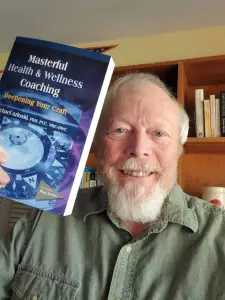 Michael Arloski, Ph.D., PCC, NBC-HWC is CEO and Founder of Real Balance Global Wellness, Inc. – a world leader in health and wellness coach training (https://realbalance.com/). Doctor Arloski is a pioneering architect of the field of health and wellness coaching. He and his company have trained thousands of coaches around the world.
Michael Arloski, Ph.D., PCC, NBC-HWC is CEO and Founder of Real Balance Global Wellness, Inc. – a world leader in health and wellness coach training (https://realbalance.com/). Doctor Arloski is a pioneering architect of the field of health and wellness coaching. He and his company have trained thousands of coaches around the world.
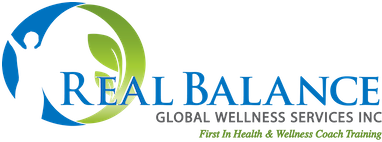

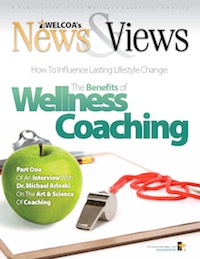
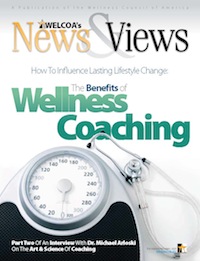


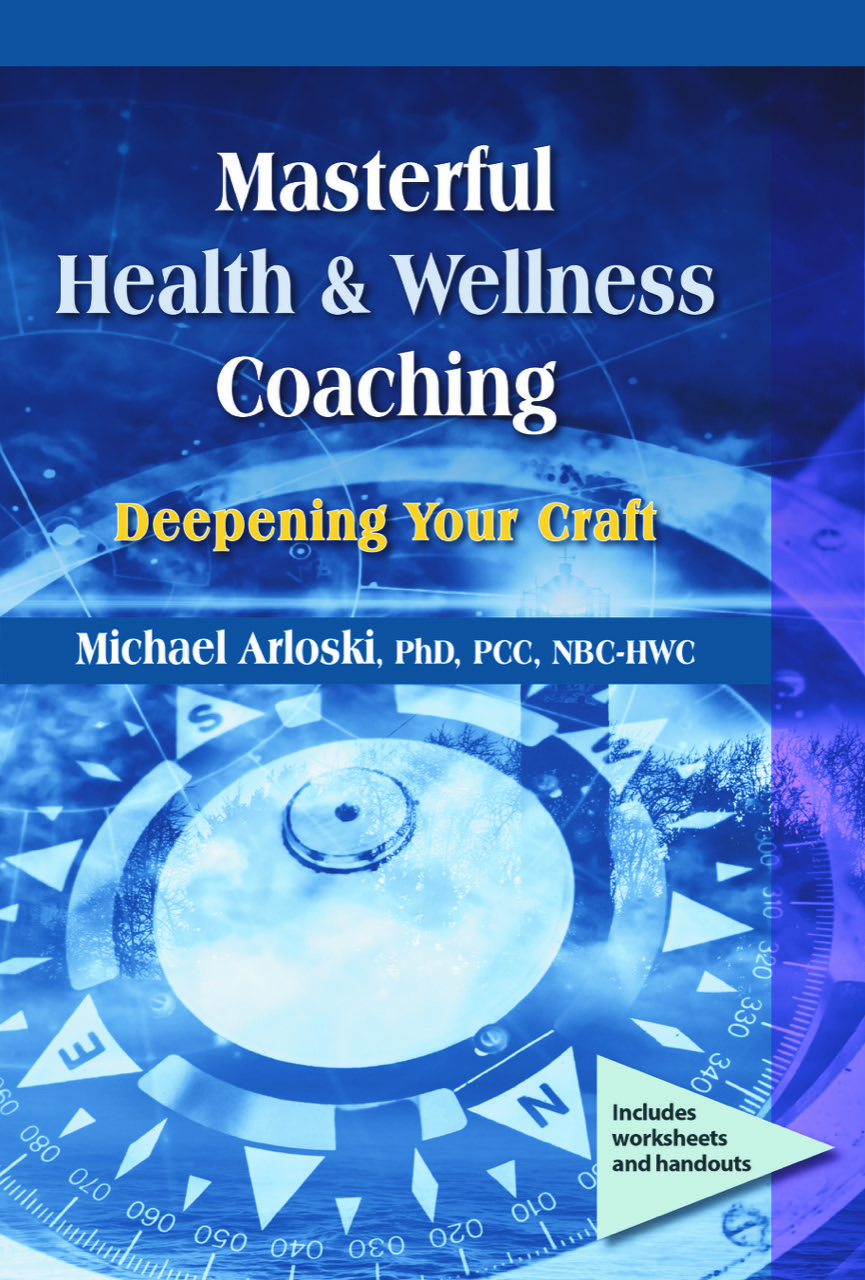
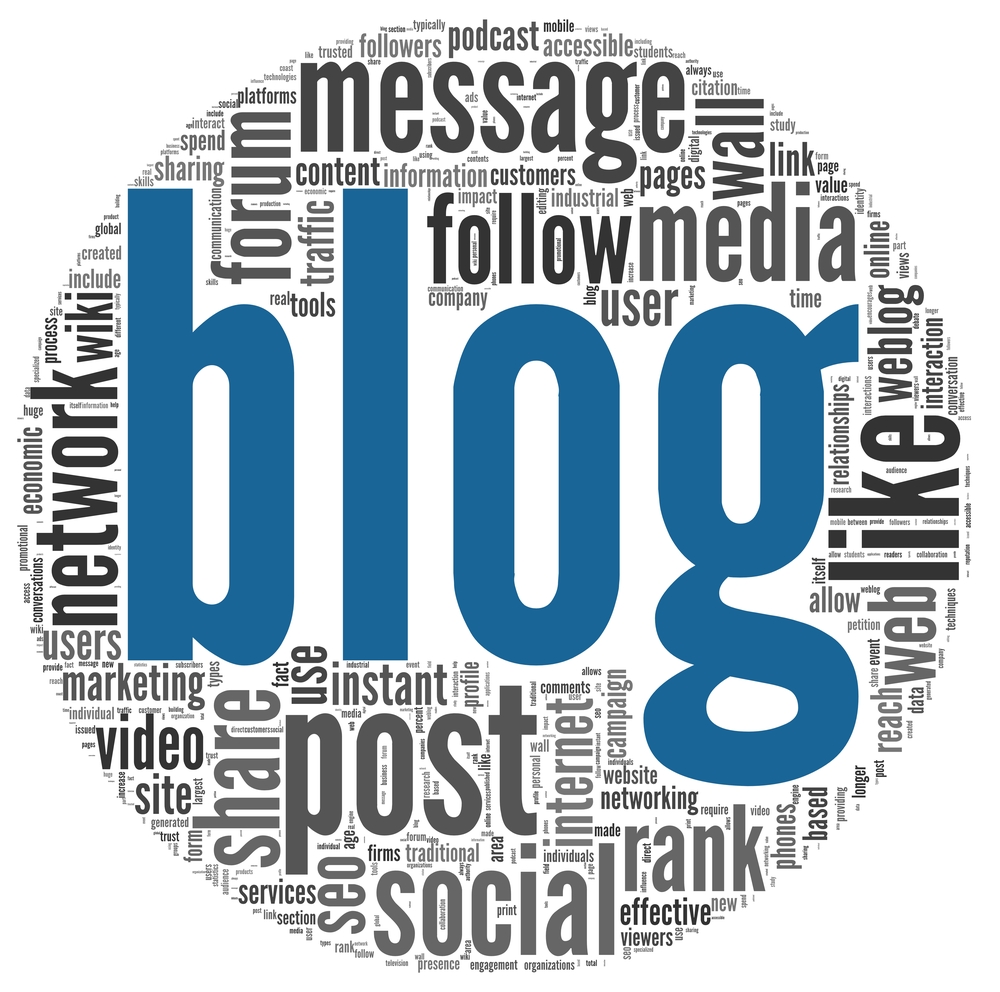
Only registered and logged in readers can leave comments.